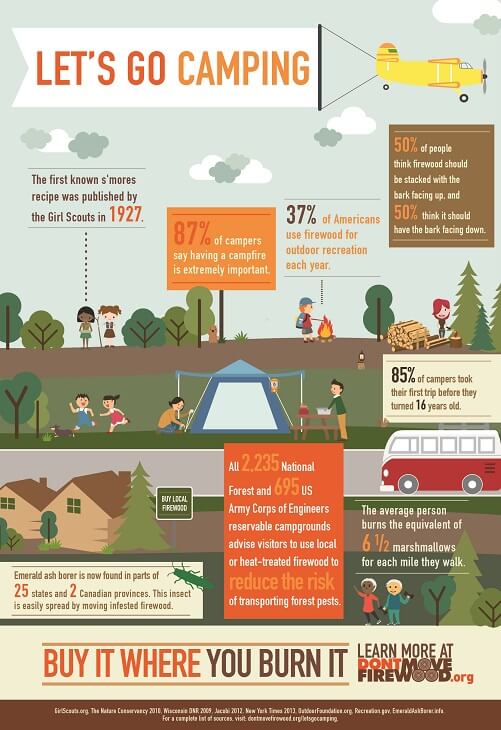Innovative Tips On How To Sell Camping Tents And Manage Your Goals
Innovative Tips On How To Sell Camping Tents And Manage Your Goals
Blog Article
Just How Crucial Are Camping Tent Footprints/Ground Cover?
Camping tent impacts are a wonderful way to shield your outdoor tents flooring from abrasions and extend its functional life. Almost all equipment manufacturers offer their own brand-specific footprints that are developed to match their particular tent models.
Does Home Depot sell camping equipment?
This tailored approach provides simplicity of configuration and lessens the danger of rain seeping in with the joints.
What are they?
Outdoor tents impacts (additionally referred to as outdoor tents ground sheets or under outdoor tents pads) give a layer of defense in between the base of your camping tent and the outdoor environment. They safeguard your tent from sharp objects, moisture, and abrasive surface areas.
The majority of outdoor tents suppliers offer their very own branded footprints made to fit seamlessly with their designated shelter versions. Nonetheless, these are generally costly and fairly hefty compared to do it yourself choices like Polycryo or Tyvek.
Footprints are usually made from long lasting, water resistant products such as polyurethane, nylon or silnylon. For ultralight backpackers looking for to lessen pack weight, there are likewise lightweight, high-strength options made from Cuben Fiber (Dyneema). It is essential to choose a footprint that's a little smaller sized than your outdoor tents to stop rainwater from dripping down the sides of your shelter and funneling underneath you while you sleep-- no one wants to wake up in a puddle! An impact is a rewarding addition to any camping trip. It aids make sure a lengthy life expectancy for your camping tent while adding convenience and satisfaction.
Exactly how crucial are they?
Camping tent footprints safeguard the base of your camping tent from abrasion and moisture, aiding to extend its life-span. They're generally made from waterproof and dirt-resistant materials like polyethylene or a light-weight oxford polyester, though the denier of the textile will certainly vary (the greater the denier number, the thicker and burlier).
Many footprints are made to specifically match the shape of your tent's flooring, which assists reduce material waste. Several have grommets or loops through which you can weave guylines for stress and risks, guaranteeing that the impact is safely held down.
If you camp in harsh terrain or locations where there's a great deal of downed branches and sharp rocks, a tent impact is well worth the included weight and bulk. Yet if you frequently camp in completely dry, sandy or rocky problems, a footprint might be overkill. A tarpaulin is a much better alternative in that instance.
Do you normally pack one?
If you're camping on a really flat surface area where rocks and sticks aren't an issue, an outdoor tents footprint possibly isn't required. If you remain in the backcountry with a lot of harsh terrain, an impact can make life much easier.
Impacts are usually sized somewhat smaller than the base of the camping tent. That's due to the fact that a larger footprint would catch rainfall and funnel it under the camping tent, where you can get up in a puddle.
Nonetheless, footprints can be costly and heavy if you get one from the manufacturer of your camping tent (the Big Agnes Tiger Wall surface UL 2 footprint, for example, sets you back $70 and weighs six ounces). You can conserve money and weight by making your very own DIY footprint by reducing a piece of Tyvek or other luxury tent house water-proof fabric to the precise measurements of your shelter. You can even include grommets for very easy attachment. The primary advantage of a footprint is that it assists to protect the floor of your backpacking outdoor tents from abrasive aspects such as rocks and branches.
How do you keep them cleanse?
A manufacturer's impact can include significant weight to your shelter system and if you're an ultralight backpacker attempting to conserve every ounce, it may not deserve it. Because of this, lots of backpackers will utilize a do it yourself groundsheet that's made out of something like Tyvek or Polycryo and suffice to dimension for their tent footprint.
This alternative is reasonably cheap and will secure your tent from wetness, rocks, thorns, sticks, and so on, while additionally helping to keep all-time low of your outdoor tents dry.
If you do choose to acquire a footprint, be sure it's developed particularly for your certain outdoor tents as this will help reduce water merging around the sides of your sanctuary. For example, if your camping tent footprint is also large and extends past the edge of your rainfly, it will certainly accumulate rains which can seep into lighter-weight tents and possibly wear down the flooring. See to it it fits your tent relatively well to avoid this.
Where do you put a tent on a backpack?
